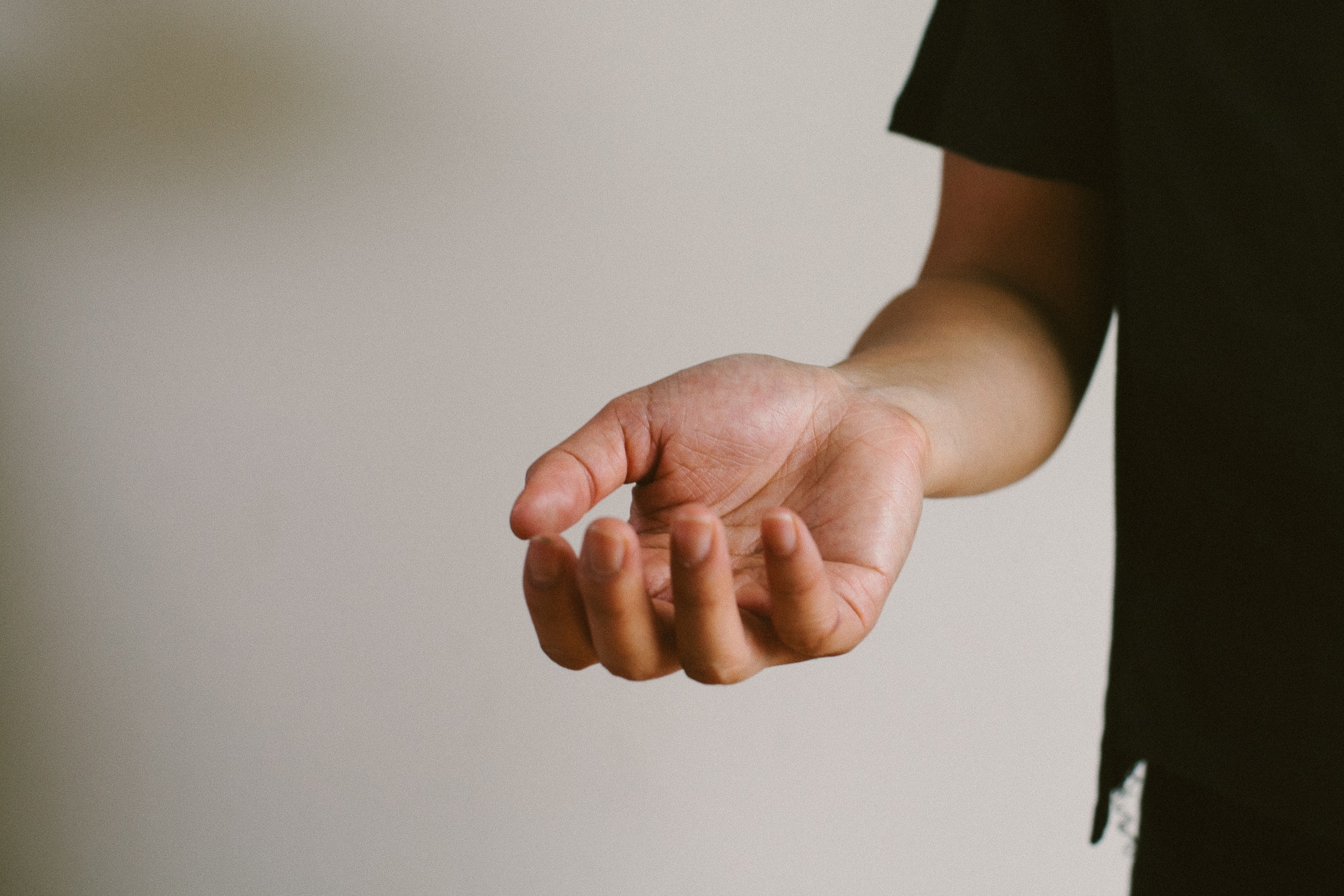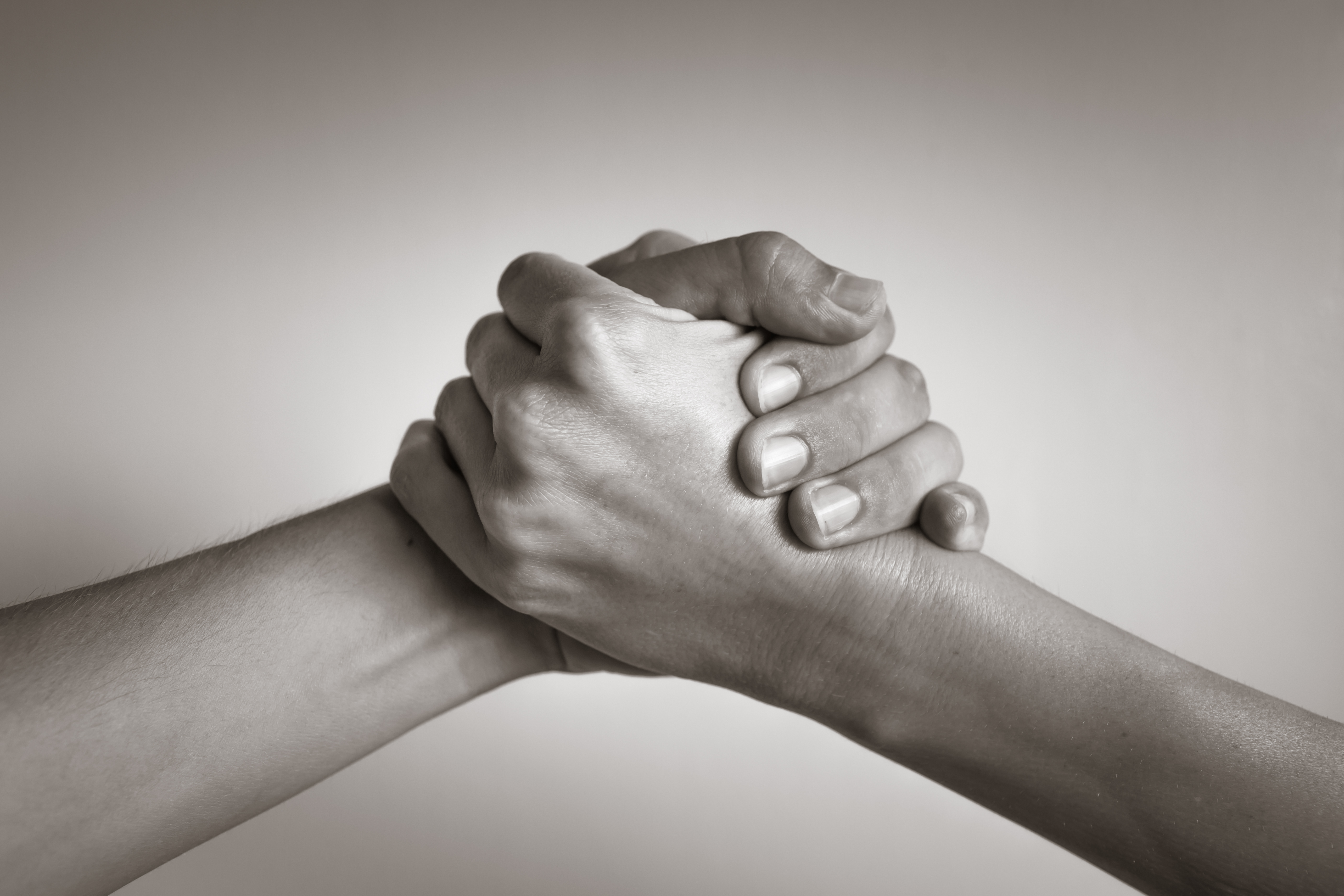Conditions Treated
The range of conditions treated includes, but is not limited to:
- Cuts, lacerations and crush injuries to the upper limb
- Tendon and nerve injuries
- Dislocations of the hand and wrist
- Skier’s/Gamekeeper’s thumb
- Scapholunate ligament injury
- TFCC injury
- Fractures of the hand and wrist
- Finger fractures
- Scaphoid and other carpal bone fractures
- Wrist fractures
- Long term consequences of upper limb fractures
- Nerve problems
- Carpal tunnel syndrome (median nerve compression)
- Cubital tunnel syndrome (ulnar nerve compression)
- Radial tunnel syndrome and PIN palsy
- Arthritis of the hand and wrist
- Basal joint arthritis of the thumb
- Finger arthritis, including joint replacement surgery
- Wrist arthritis
- Rheumatoid, psoriatic and other inflammatory arthritis affecting the upper limb
- Tendon transfer surgery following injury or nerve problems
- Tumours, ganglions and other lumps affecting the upper limb
- Major and minor limb amputation
- Secondary management of mutilating upper limb injuries
Dr Neela is experienced in advanced surgical techniques including endoscopic (keyhole) carpal tunnel release, small joint arthroscopy and microsurgery.She has special interest in osteoarthritis of the hand and wrist, general wrist conditions, and in one of only a small number of surgeons in Melbourne to undertake keyhole carpal tunnel surgery.
What is hand surgery?

Hand Surgery is a relatively new subspecialty, which recognises the hand and upper limb as an organ in its own right, with complex structures which all need to work well and in harmony in order for the whole limb to function. The hand is a vital organ – it is the thing that people use every day to work, to care for themselves and each other, to create art and music, to hold tools and to use gestures as an essential part of communication.
For hundreds of years, surgeons described, gave their name to, and treated the many conditions which continue to afflict the hand and upper limb today. But the origin of hand surgery as a subspecialty is credited to Sterling Bunnell, an American surgeon with a passion for hand surgery (arisen from a dark winter amputating injured limbs on the front line in World War 1), and his friend, Major General Norman T. Kirk, the US Army Surgeon General, who also recognised that soldiers who sustained hand injuries did not do well because there were no experts or systems to deal with these specific injuries. Kirk and Bunnell set up nine dedicated hand surgery wards and units in military hospitals, and Bunnell travelled tirelessly through and after the Second World War, to head them all and train the first batch of dedicated hand surgeons. His book was a bible of hand surgery for many decades.
Hand Surgery has a proud history in Australia, with many Australian hand surgeons recognised as pioneers of the field, having contributed substantially to our knowledge of the hand and upper limb.
As a relatively new and still developing subspecialty, our understanding of how the hand and upper limb works has changed and continues to change rapidly. How the hand, wrist and upper limb function, how they become involved in disease or are affected by trauma, and consequently what we can do for them is an evolving science.
Hand Surgeons can come from a number of backgrounds – Plastic and Reconstructive Surgery, Orthopaedic Surgery, and General Surgery – but dedicated Hand Surgeons have spent several years after they have completed specialist training devoted to further learning about the hand and all its intricacies.
Hand Surgery treats all the structures of the hand and upper limb including bones and joints, ligaments, tendons and muscles, nerve, blood vessels and skin. Hand Surgeons treat fractures, arthritis, sports injuries, nerve compressions such as carpal tunnel syndrome, tendon problems such as de Quervain’s tenosynovitis and trigger finger, wrist pain and injuries, and a huge variety of other conditions.
Not all hand and upper limb conditions require surgery to treat them. Although the field is known as ‘Hand Surgery’, Hand Surgeons also routinely use therapy, splinting, medications or injections to treat a variety of hand conditions.
My approach to the hand and wrist
Dr Neela has always been fascinated by the upper limb. As a medical student, she had the opportunity to go to Cambodia and spend six weeks in a hospital which specialised in reconstructive orthopaedic surgery. During this time, in a setting where many patients came with war or bomb blast injuries, Dr Neela realised that there was no good replacement for a patient’s own hand. Even relatively minor injuries left patients struggling to work, to care for themselves and their families and do the things that they enjoyed.
Through her training in Plastic and Reconstructive Surgery, Dr Neela was inspired by the challenge that is hand surgery – operating on a complex mechanism often while a patient was asleep and still, and then trying to predict how that mechanism would work once animated, and even more challengingly, once scarring and hand therapy had modified the tissues.
At the same time, she was honoured to be witness to the unshakeable human spirit of patients with catastrophic injuries who recovered and returned to their normal lives.
Dr Neela came to see the hand not just as a mechanism, but as the extension of a person’s very being. As Charles Bell, the famous anatomist, wrote in his famous Bridgewater Treatise in 1833: “We ought to define the hand as belonging exclusively to man – corresponding in sensibility and motion with that ingenuity which converts the being who is weakest in natural defence, to the ruler over animate and inanimate nature.”
This interest and passion was converted to a drive for excellence. So, in addition to the rigorous training program in Plastic and Reconstructive Surgery which has fully qualified Dr Neela as a Plastic and Reconstructive Surgeon, Dr Neela went on to complete years of extra training in hand surgery, during which she worked with and learned from renowned expert Hand Surgeons in Australia and around the world.
Dr Neela, while being a Plastic and Reconstructive Surgeon, has also trained with senior Hand Surgeons from an Orthopaedic Surgery background, which has enabled her to learn the best principles of both specialties and expand her knowledge and skills. She regularly attends Hand Surgery conferences where surgeons from a mixture of backgrounds all bring their knowledge and experience together to continue to improve the art. Dr Neela also reads all the current medical journals relating to the hand, wrist and upper limb, so that she can make sure that she stays abreast of developments in the field.
Dr Neela sees the primary importance as being restoration of hand function – understanding what it is that every patient specifically requires from their hand to undertake their work, hobbies, and activities of daily living. This will be different for every person, and understanding needs is the first step in ensuring the best chance of restoring function.
You can be confident that the care you receive will be based on up to date knowledge, expert skills, and a wealth of specific experience.






